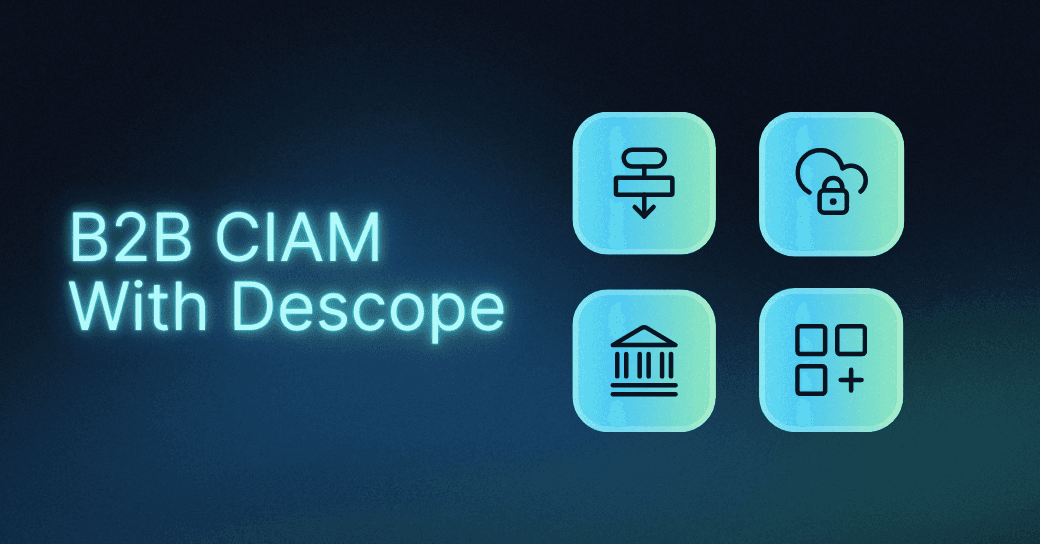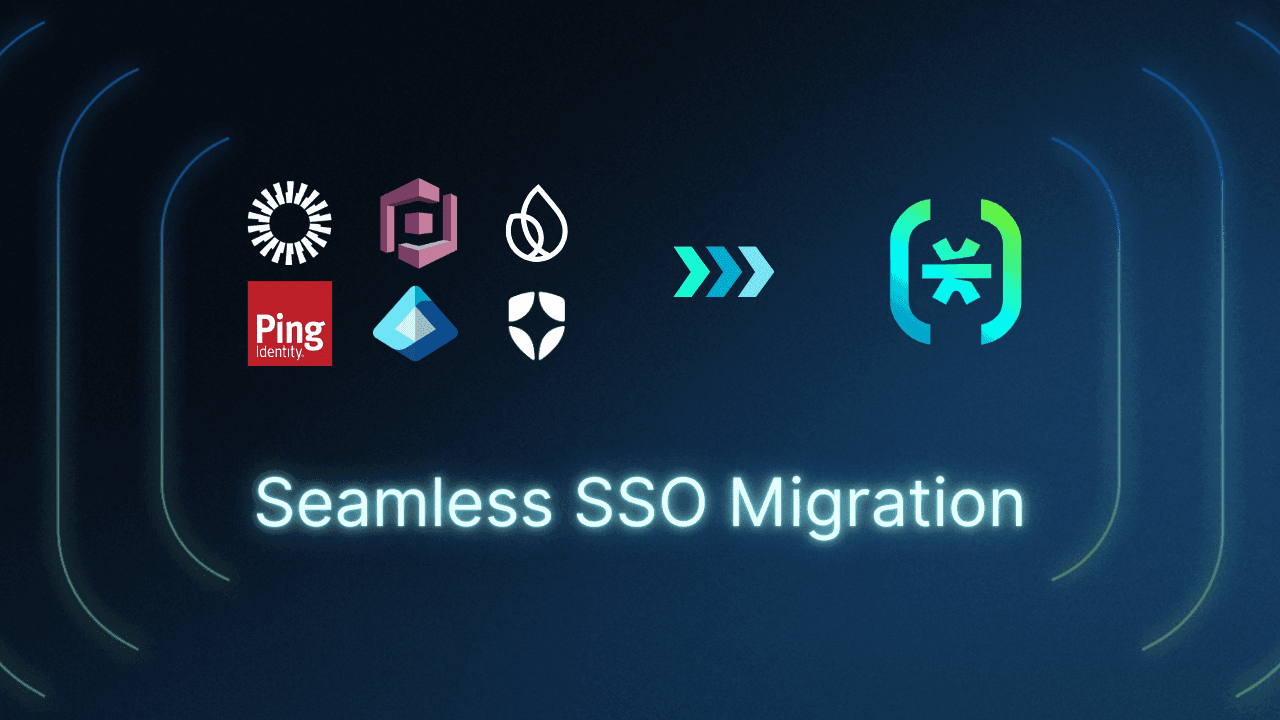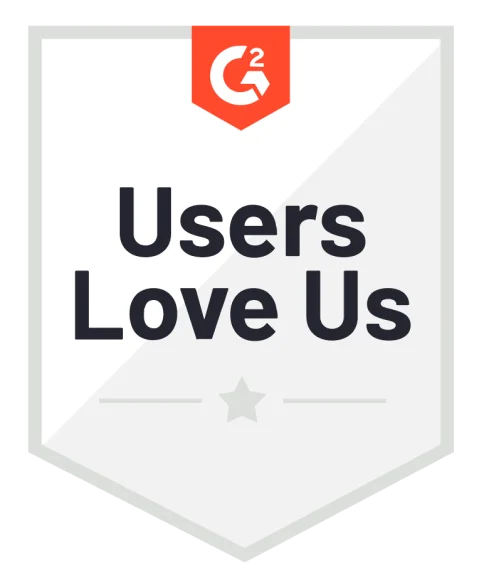Table of Contents
Understanding SaaS authentication
In SaaS, authentication isn’t just a backend necessity, it’s a cornerstone of product experience, security, and scalability. Whether you're onboarding users, managing multi-tenant environments, or securing APIs, the way you handle identity can directly impact customer trust and long-term growth.
In this guide, we’ll break down what effective authentication looks like in a SaaS context, the core challenges teams need to solve, modern strategies that balance security with usability, and how to choose the right solution—whether you’re building from scratch or integrating a third-party platform.
Understanding SaaS authentication
Authentication is the process of verifying a user’s identity, confirming they are who they say they are using different authentication methods. It's the first step in controlling access to systems, data, and functionality.
In a SaaS context, authentication plays a dual role: it must simplify login and account access for B2B clients while also safeguarding sensitive information across distributed, cloud-based environments. A frictionless login experience is key to retention, but not at the expense of security—if users can't access a platform securely and reliably, they’ll look elsewhere.
Since 2023, growing concerns about identity-based threats and vulnerabilities in the AI-driven SaaS supply chain have made strong authentication more critical than ever. As attackers increasingly target identity infrastructure, effective auth isn't just a nice-to-have—it’s foundational to protecting user trust and business continuity across client networks.
Core SaaS authentication considerations
Authentication in SaaS isn't one-size-fits-all. The solutions SaaS companies implement must account for a variety of factors that affect both their internal operations and their customers' security, usability, and compliance needs.
Security vs. UX friction
Stronger security measures often mean additional steps for users, whether it’s entering a second factor, verifying a device, or dealing with timeouts. But too much friction can lead to user frustration or abandonment.
Striking the right balance between robust security and a smooth login experience is essential. SaaS platforms should provide tenant admins with self-service tools to manage users, roles, access policies, and audit logs, while enabling end users to log in quickly and safely.
Single sign-on (SSO) is one of the most effective ways to reduce friction without compromising security. It allows users to authenticate once and gain access across multiple connected systems, making it ideal for enterprise environments where seamless authentication is critical.
Read more: The B2B SaaS Guide to Enterprise Readiness
Multi-tenancy complexity
Multi-tenant architecture is the backbone of many SaaS products. It enables multiple customers (tenants) to share the same infrastructure while maintaining logical separation between their data and identity systems.
However, with user authentication, it introduces complexity that can be a blessing and a curse. Each tenant may require distinct login flows, roles, identity providers, or compliance configurations. So, without proper isolation, misconfiguration can lead to data leakage or cross-tenant access risks.

Effective SaaS authentication systems should support per-tenant configurations, including custom roles, Identity Provider (IdP) connections, and access controls. This makes it easier to scale securely without compromising flexibility or performance.
Finding the right MFA method
Multi-factor authentication (MFA) is a foundational security layer, especially in B2B SaaS platforms. When done right, it enhances security without significantly increasing login friction.
But not all MFA flows are equal. Weak implementations—such as those that rely on SMS or email one-time passwords (OTPs)—can be vulnerable to phishing, SIM swapping, and other social engineering attacks. This is where phishing-resistant MFA methods, like passkeys or authenticators, come into play.
The key is finding the right MFA strategy for your platform and users. Look for risk-adaptive options that can step up authentication based on context, and allow for flexibility in authentication factors without compromising user flow.
Case study: Navan’s Journey to Fast, Secure, Frictionless SaaS MFA
Scalability and performance
Authentication systems that work for a small user base can quickly become bottlenecks as your customer base grows. Sluggish login times, timeouts, or dropped auth requests can erode trust and disrupt workflows—especially in high-demand B2B environments.
A scalable SaaS auth solution must perform consistently under load. Features like rate limiting, token caching, and API response optimization are essential for handling high user volumes without degrading UX. Authentication should be just as fast and secure for 10,000 users as it is for 10.
Compliance and data protection
SaaS platforms often serve clients across regulated industries and global jurisdictions, each with unique requirements for data access, consent, and auditability. Authentication systems must support these mandates out of the box—or at least provide the hooks to implement them.
Examples include:
HIPAA: For healthcare-related SaaS, authentication must support audit trails and access restrictions in line with the HIPAA Privacy and Security Rules.
GDPR: SaaS providers handling EU data subjects must offer consent management, data minimization, and the ability to fulfill data access and deletion requests.
SOC 2: Service providers must implement access controls and identity logging to pass audits aligned with the AICPA trust service criteria.
At a minimum, your authentication platform should provide detailed logs, support user consent workflows, and enable granular access controls—laying the groundwork for regulatory compliance across tenants.
Best SaaS authentication strategies
Addressing these common challenges requires a balance of using the right solutions and following a set of SaaS authentication best practices. Below are some of the most effective strategies modern SaaS platforms use to build reliable, secure, and user-friendly authentication systems.
Passwordless authentication
Passwordless authentication refers to login methods that eliminate or minimize the need for traditional passwords. Instead, users authenticate using alternatives like magic links, biometrics, or OTPs delivered through secure channels.

The benefits are twofold: users enjoy a frictionless login experience, and companies reduce the security risks and IT overhead tied to password resets and credential stuffing. Many of the advanced strategies below rely on passwordless foundations.
Implementation tip: If you’re just getting started with passwordless, begin with magic links or email-based OTPs—they’re easier to implement than FIDO2/WebAuthn and still reduce password fatigue.
Watch for: Device trust and session duration become more critical when skipping passwords—invest in proper device recognition and session management.
SSO
SSO enables users to log in once using a trusted IdP and gain access across multiple integrated applications. SSO improves the user experience while strengthening access control by centralizing authentication.
SSO is especially valuable in B2B SaaS environments where clients rely on a suite of connected tools. It supports identity providers like Azure AD, Okta, and Google Workspace, and can drastically reduce the number of login-related issues IT teams need to manage.

The best SSO providers will include toolkits like an SSO Setup Suite or an SSO Migration guide to facilitate some of the trickier parts of getting a fully functional SaaS SSO up and running.
Pro tip: Choose SSO providers supporting Just-in-Time (JIT) provisioning; this lets the system automatically create user accounts on first login, eliminating manual setup.
B2B SaaS insight: Support for multiple IdPs per tenant can be a competitive differentiator, especially when your customers have subsidiaries or regional identity silos.
Migration tip: Don’t wait to retrofit SSO—plan for it early in your auth design to avoid complex rework later.
Adaptive MFA
MFA is now standard across most enterprise SaaS platforms, but effectiveness varies widely depending on the implementation. Adaptive MFA—also known as risk-based or context-aware MFA—goes beyond static MFA by adjusting the level of verification required based on factors like device reputation, geolocation, and login behavior.

This helps reduce unnecessary friction while protecting against sophisticated threats like phishing and session hijacking. Key best practices for SaaS providers include avoiding shared or easily phishable credentials methods, supporting device-bound authenticators and offering fallback methods that maintain security posture without degrading UX
Start small: If risk-based MFA sounds complex, start by triggering step-up auth when a user logs in from a new device, an unusual location, or at odd hours.
Reduce friction: Pairing adaptive MFA with remembered devices helps reduce MFA fatigue while maintaining security.
Recommended tech: FIDO2/WebAuthn is the gold standard for phishing resistance and increasingly supported in modern browsers and platforms.
API security & token management
APIs are central to modern SaaS platforms—but they also expand the attack surface. Properly securing API-based authentication and authorization is critical, especially in multi-tenant and distributed environments.
Standards like OpenID Connect (OIDC) rely on JSON Web Tokens (JWTs) to securely exchange identity and access information. Key API security practices include:
Using short-lived tokens with refresh mechanisms
Applying strong signing algorithms for JWTs
Monitoring for token misuse and abuse
Validating audience and issuer claims to prevent impersonation
A flexible, standards-compliant system will support these protocols while allowing for customization based on tenant or application needs.
Scope control: Always issue tokens with the least privilege required. Define scopes narrowly, and avoid overly broad access tokens.
Token hygiene: Keep token expiration short (e.g., 5–15 minutes) and use refresh tokens behind secure storage. Long-lived tokens are a liability, especially in multi-tenant environments.
Monitoring: Implement token introspection and logging to detect anomalies—e.g., tokens being used from multiple IPs or geographies.
Delegated administration through widgets
In a multi-tenant SaaS environment, it’s not scalable or secure for the platform provider to manually manage every end user’s access. That’s where delegated administration comes in.
Delegated administration allows tenant administrators to manage their own users, roles, permissions, and identity workflows within your app. This not only reduces the operational burden on your internal team, but also improves the client experience by giving them autonomy and flexibility.
Key benefits include:
Custom role and permission management at the tenant level
Self-service user onboarding and deactivation without needing to contact support
Configuration of auth policies like MFA requirements or session timeouts per tenant
Real-time user lifecycle updates without developer intervention

But instead of building these tools from scratch, many SaaS teams accelerate time-to-value with embeddable components. For example, Descope's prebuilt Widgets offer drop-in UIs for user management, role assignment, and other identity workflows—ideal for enabling delegated administration with minimal lift.
By making identity management self-serve, you reduce operational overhead, increase customer satisfaction, and make your platform more scalable and enterprise-ready from day one.
Choosing the right SaaS authentication solution
When optimizing authentication, SaaS companies often face a familiar question: build in-house or buy from a specialized provider? While custom-built solutions offer total control, they also come with high development overhead, ongoing maintenance, and security risks. For most B2B SaaS platforms, a purpose-built Customer Identity and Access Management (CIAM) solution offers a faster, more secure path to scalable authentication.
Here are the key criteria to consider when evaluating SaaS authentication providers:
Flexibility: Your auth platform should support a wide range of login methods—SSO, passwordless, MFA, social login—and allow for per-tenant customization. This is especially important in B2B SaaS, where clients may bring their own identity systems.
Security: Look for providers that build in enterprise-grade security from day one. Features like token encryption, phishing-resistant MFA, role-based access control (RBAC), and audit logging should be table stakes. Bonus points for certifications like SOC 2, ISO 27001, and GDPR readiness.
Total cost of ownership: Don’t just evaluate subscription pricing. Consider developer time saved, reduced support costs, and how long it will take to get to market with a secure implementation. A good auth platform pays for itself in speed and stability.
Developer experience: Authentication shouldn’t be a black box. Look for clear documentation, SDKs in your stack’s language, low-code/embeddable options, and responsive support. This is critical if you want to stay agile while scaling.
Integration and future fit: Choose a solution that plays well with your existing architecture—and is flexible enough to grow with you. Whether it’s multi-tenant support, extensible APIs, or webhook-based automation, the best platforms integrate deeply without locking you in.
In short, the right SaaS authentication solution should feel like an extension of your product—not a bolt-on. Look for a platform that can evolve with your needs, reduce engineering burden, and strengthen security as you scale.
SaaS authentication, minus the complexity
Modern SaaS authentication is about more than just logging in—it’s about delivering security, flexibility, and a seamless experience at scale. Whether you're building from the ground up or modernizing your auth stack, choosing the right approach is critical to your product’s success.
Need to ship quickly without reinventing the wheel? Descope offers you drag-and-drop flows, prebuilt widgets, and flexible APIs to help teams implement secure auth with minimal lift—while staying in control of the UX.
Sign up for a Free Forever account with Descope and kick off your SaaS authentication with minimal coding. Have questions about the platform? Book time with our auth experts.






